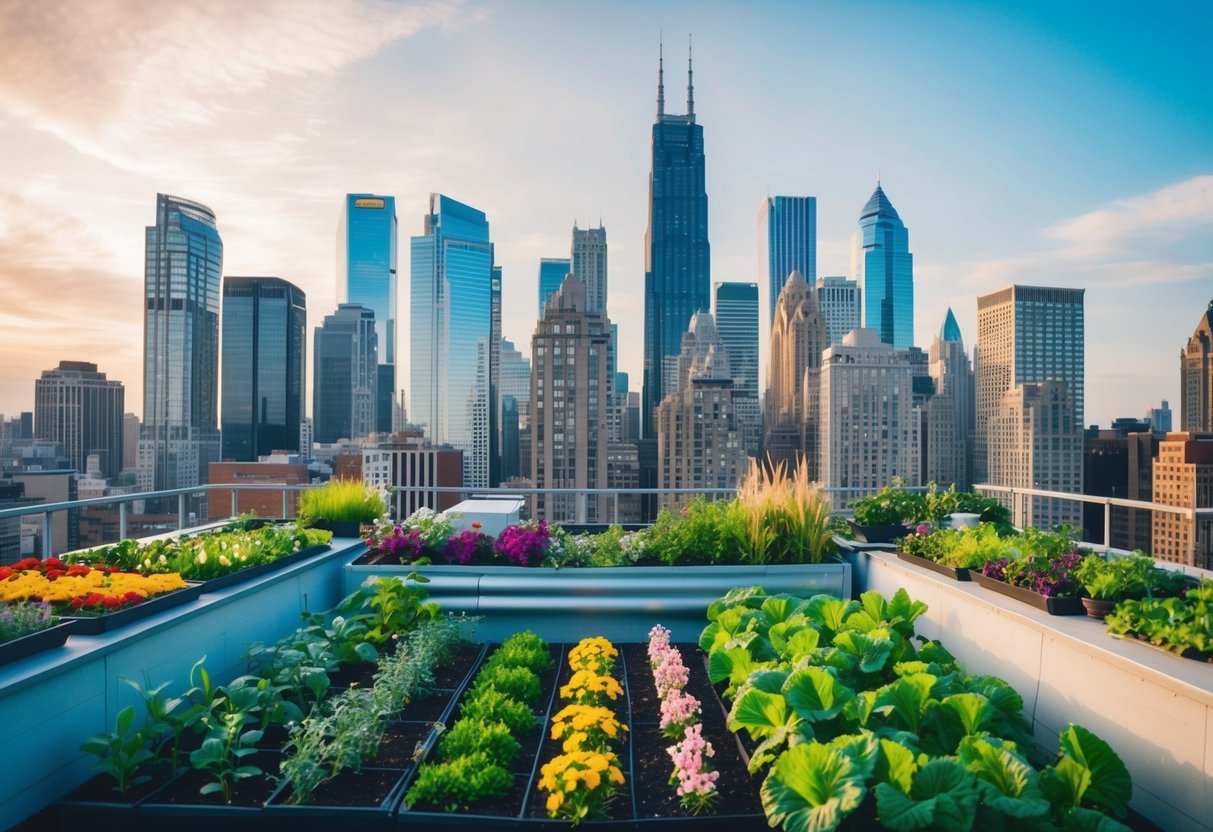
Choosing the Right Plants for Your Climate
Selecting appropriate plants is pivotal to the success of a rooftop garden. In urban settings, hardy plants that can withstand higher temperatures and wind exposure are essential. Begin by researching plants that naturally thrive in your local climate.
Focus on a combination of perennials and seasonal plants that offer year-round beauty and interest. Herbs, succulents, and drought-tolerant species often do well in rooftop conditions. Evaluate how much sunlight each area of the roof receives throughout the day, as this will impact plant choices significantly.
Incorporating Vertical Gardens and Trellises
Vertical gardens and trellises are excellent solutions for limited spaces. They maximize the growing area while adding layers of visual intrigue. Install trellises along walls or in empty corners to train vines or climbing plants.
Living walls can be created using modular panels or pockets filled with soil and plants. These not only save space but also help in insulating the building by providing extra shade. Choose plants that are lightweight and suited for vertical growth, such as ferns, ivy, or jasmine.
Watering and Irrigation Solutions
Efficiently watering a rooftop garden is crucial for thriving plants. Key considerations include choosing the right irrigation system to conserve water and reduce manual labor.
Setting Up an Efficient Watering System
In an urban rooftop garden, water conservation and accessibility are essential. When setting up a watering system, gardeners should focus on minimizing water wastage and ensuring an even distribution. Utilizing rain barrels to collect rainwater can be an excellent step towards sustainability. To automate the process, incorporating a timer is recommended, ensuring plants are watered at optimal times without relying on constant human presence.
Making use of soaker hoses can also ensure that water is delivered directly to the plant roots. This setup minimizes evaporation and water runoff. It’s also ideal for gardens with layout constraints typical of urban settings. Creating an interconnected network of hoses ensures coverage across a wider area and adapts to different rooftop layouts.
Advantages of Drip Irrigation and Self-watering Containers
Drip irrigation stands out due to its precise water delivery directly to plant roots, which significantly reduces water waste. It is particularly effective in urban environments where conserving water is a priority. By dripping steadily, it maintains soil moisture levels efficiently, promoting plant health without oversaturating the soil. Setting up a drip irrigation system might require an initial investment, but the long-term savings on water consumption and labor make it worthwhile.
Self-watering containers use a reservoir system to provide consistent hydration. This is especially beneficial for city dwellers who may not have the time for frequent garden visits. These containers are versatile, maintaining optimal moisture levels and preventing both under- and over-watering. They are especially suitable for individual pots, providing an adaptable solution for various plant types.